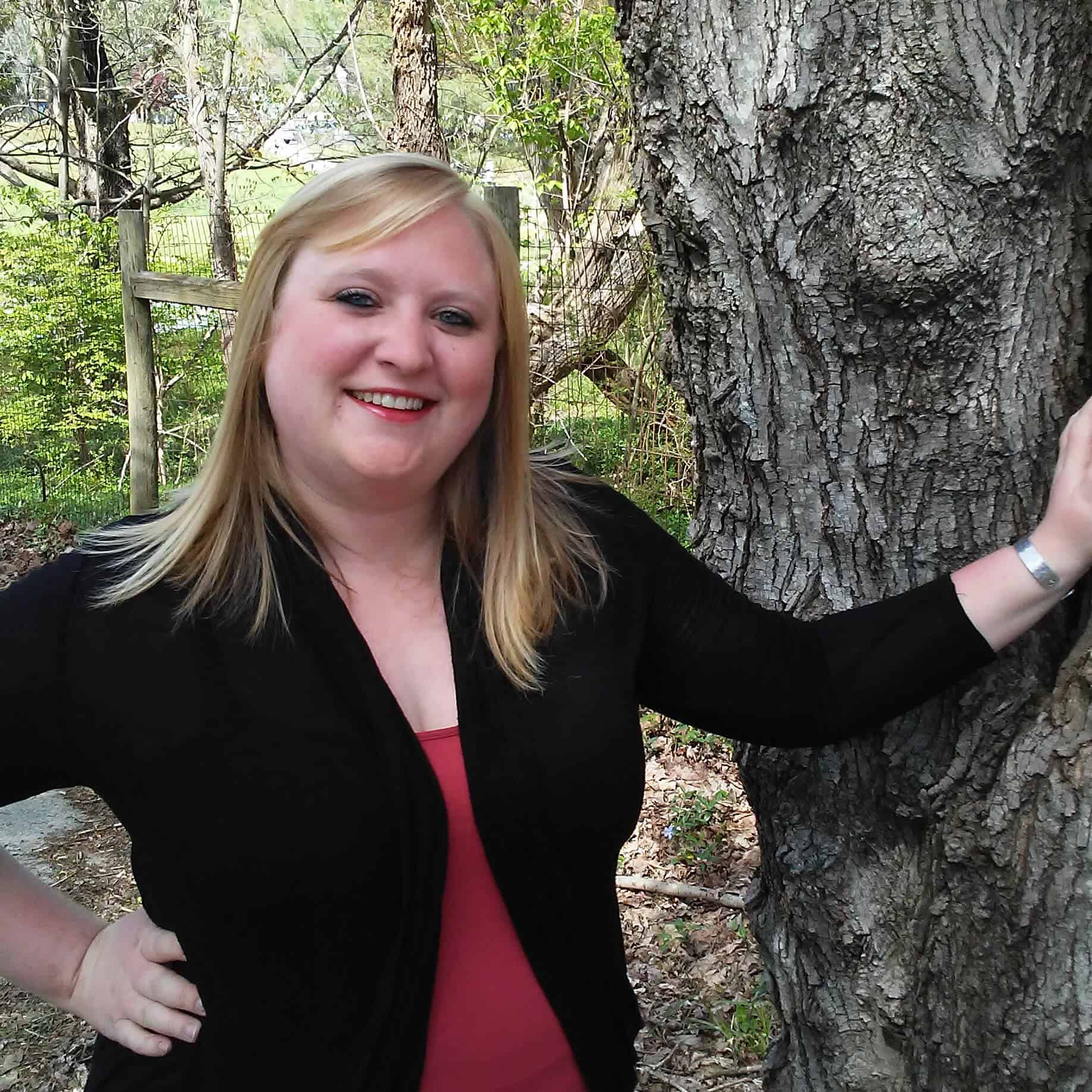The Adoption Process for Prospective Birth Mothers
How do I give my baby up for adoption? I have chosen adoption; what are the next steps? I’m pregnant; how do I follow through with adoption? How do I place my infant up for adoption? How does adoption work? How do I start the adoption process?
These are just a few of the questions you may be asking yourself if you have chosen adoption for you and your baby, if you are pregnant and have chosen adoption, or if you are still considering adoption. The following outlines the basic steps involved in the adoption process and answers the question: “What is the adoption process?” Please keep in mind that every adoption decision is unique, and while these are the generic steps for putting a child up for adoption, there will very likely be variances, slight or extreme, depending upon your unique and specific situation.
1. Choosing adoption for you and your baby.
Adoption is not a decision made lightly, but it is the first step in starting the adoption process. It takes careful thought and consideration to decide how to put a child up for adoption. Circumstances differ depending on the situation for every birth mother or couple. You may be single, with someone, pregnant, or already have given birth to the child you are considering placing for adoption. Please read through some of the following articles to get a better idea of what to consider when choosing adoption, and make sure before following through with the process that you have made the best decision for you and the best decision for your baby:
- You Are Not “Giving Up” by Choosing Adoption
- My Journey from Parenting to Adoption – Thoughts from a Birth Mother
- Advice from Women on the Fence About Adoption – Thoughts from a Birth Mother
Once you have chosen adoption, it is time to take the next step.
2. Choosing an adoption agency or other adoption professional.
Who can I trust through this process? Who can I talk to about my adoption options? How do I choose the adoption agency that is right for me and my baby? How do I know what to look for in an adoption agency?
These are common questions a potential birth mother faces when she has chosen adoption or even when she is still considering adoption. Choosing the appropriate adoption agency may seem like a daunting task, but if you trust your gut, and do your research, you will find that it’s not as challenging as it may have seemed at first.
Check several adoption agencies and make a few phone calls to them. Speak with agents and ask what their process looks like, how much control and say you will have in the process, and how they do screening for their adoptive parents.
1-800-ADOPTION will connect you to an adoption specialist through American Adoptions, and they are available 24/7 to answer any questions you may have regarding how to give a baby up for adoption.
Consider the most important factors in your decision for adoption. Make sure you are comfortable with the adoption agency and the adoption professional who is assigned to you. If you feel hesitant about who you are working with, ask yourself what is making you feel that way. Sometimes, the adoption agency may look like you should feel good about it, but if you don’t feel good about your choice; trust your gut.
There is no shame in ensuring that you are comfortable with the process that you are going through. After all, it is your child whom you are choosing to place for adoption. This is your decision, and while you may feel that outside influences can be persuasive, don’t let anyone else take control over you and your child unless you are ready to hand over that responsibility.
3. Creating an adoption plan.
How do I create an adoption plan? What is involved in an open adoption agreement? Are the terms legally binding?
These are some questions you may have regarding an adoption plan. The adoption plan involves outlining the adoption process and what you are looking for in adoptive parents. An adoption plan gives the prospective birth mother control of the process. It allows for a birth mother to be involved to the level that she wants to be throughout the adoption process, and helps her with decision-making throughout the process as well.
A potential birth mother will consider what type of relationship she will desire to have in the future with her child and the adoptive parents/family.
Here are some articles that outline what to expect from creating an adoption plan and the difference between levels of openness in an adoption agreement:
- Open vs. Closed Adoption
- Mediated Adoption: The Best of Both Worlds
- How You Are in Control of Your Adoption Plan
4. Choosing the adoptive family to raise and parent your child.
Choosing the family who will raise your child is one of the most important steps in the process, if not the most important. After all, these people will be raising your child. There are many important things to consider when choosing an adoptive family.
If there are any factors, like race, sibling status, religion, or anything else that you feel strongly about, my suggestion is not to compromise. Sometimes this process takes time. Don’t rush into anything that you do not feel comfortable with.
Consider what type of relationship you will want in the long-term with your child and their family. If you want a closed adoption, then you need to choose a family that wants that as well. If you want an open relationship, then choose a family who will honor the level of openness you are hopeful for. Always be ready to make changes in the future, though. Boundaries may be set with openness, but those decisions should always be made in the best interest of the child.
If you feel comfortable with the adoptive parents you choose, and both parties are open and respectful from the start, then the journey to becoming a new family unit can begin.
If there are certain factors you are looking for in an adoptive family, then be sure to communicate those with your adoption professional. They are there to help you along every step of the way with the adoption process.
5. If you are pregnant, you will have a hospital plan. If you have already given birth to the baby, then you will have a plan to transfer custody.
Transferring custody is probably the most difficult, yet relieving moment, throughout the entirety of the adoption process for pregnant women and birth mothers. You can be as prepared as possible, but you still feel incredibly emotional. This blog post shares my story of the first 24 hours after placement.
A New Life, A Better Life, and How to Begin
After going through the steps to put a baby up for adoption, including finalization, a birth mother will start her healing process. I want to encourage every birth mother to be aware of all her resources and opportunities for healing. Adoption may be the most difficult decision of your life, but it may also become the best decision of your life. Don’t give up. Don’t be disheartened. Follow the process, keep those you trust close to you, and remember: do what is best for you and for your child. Those are the steps for giving baby up for adoption.
For more information on healing resources, check out my book, How a Birth Mom Healed, or visit my blog, Thoughts from a Birth Mother.



